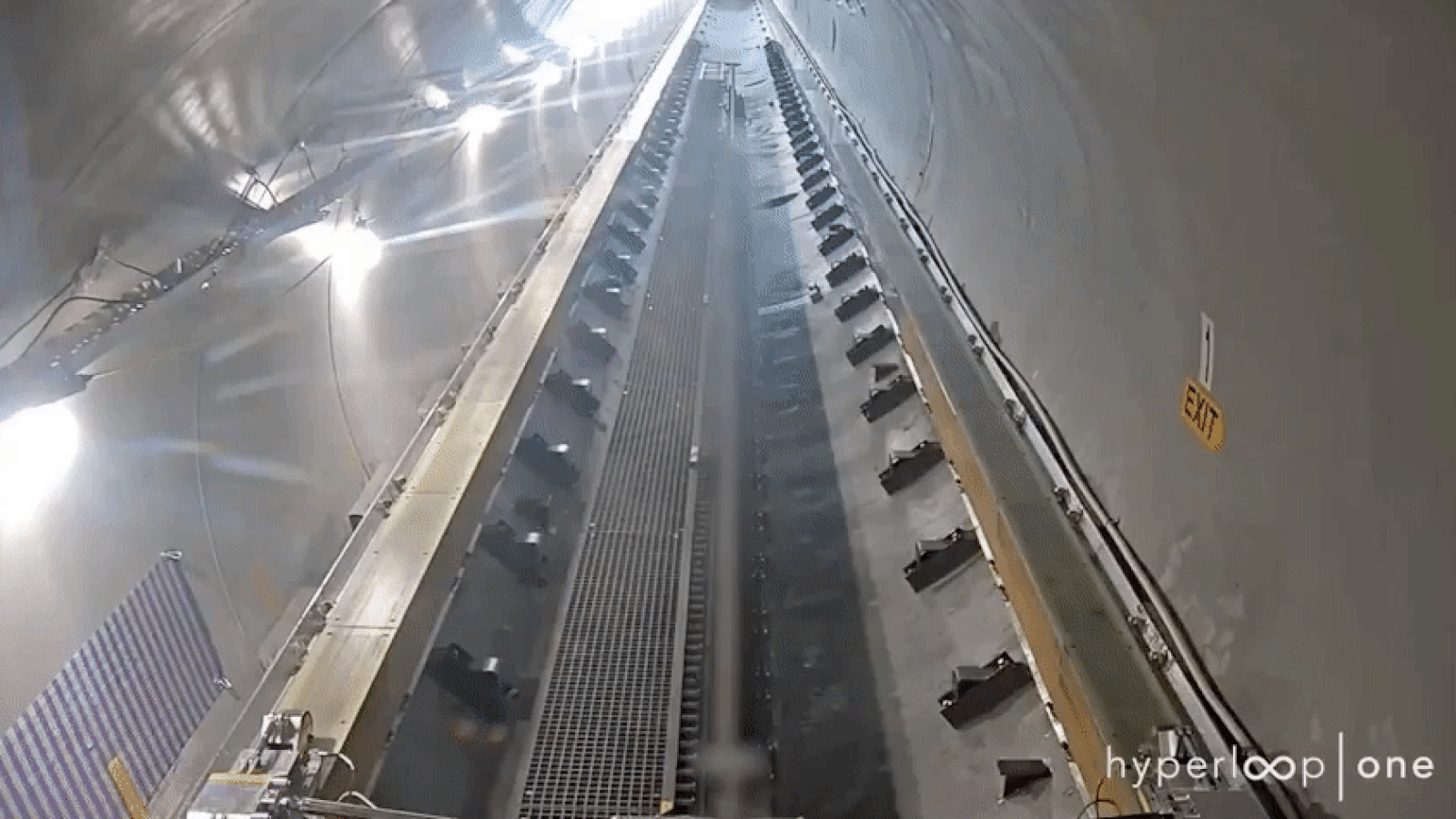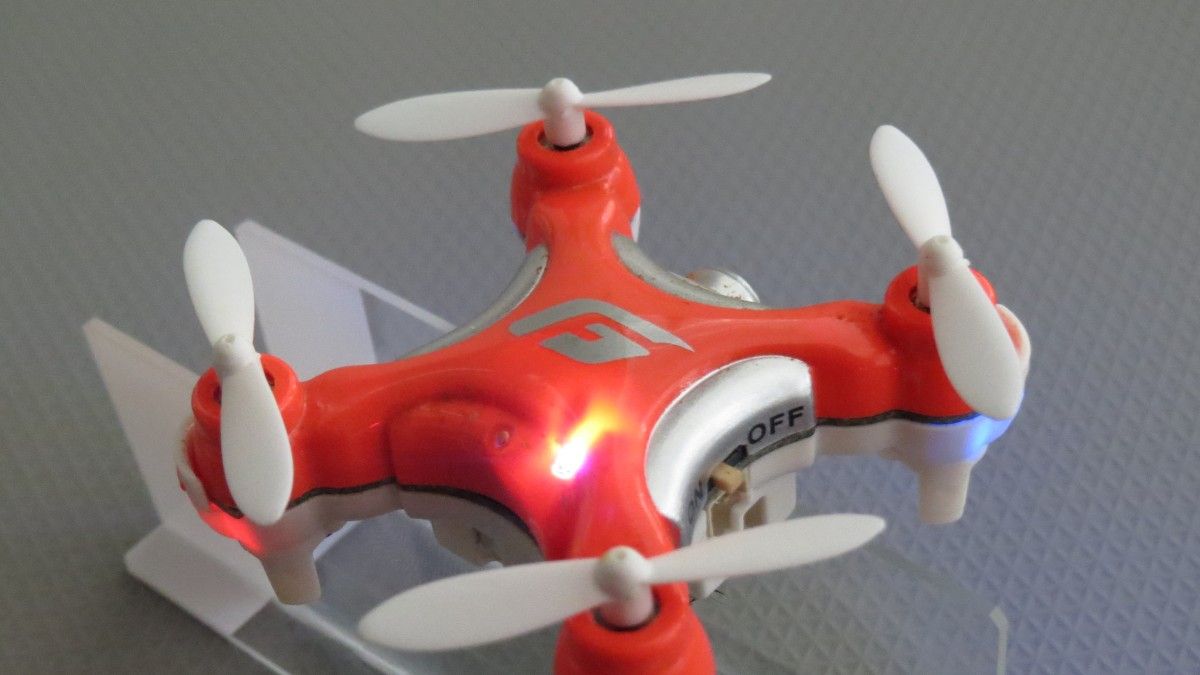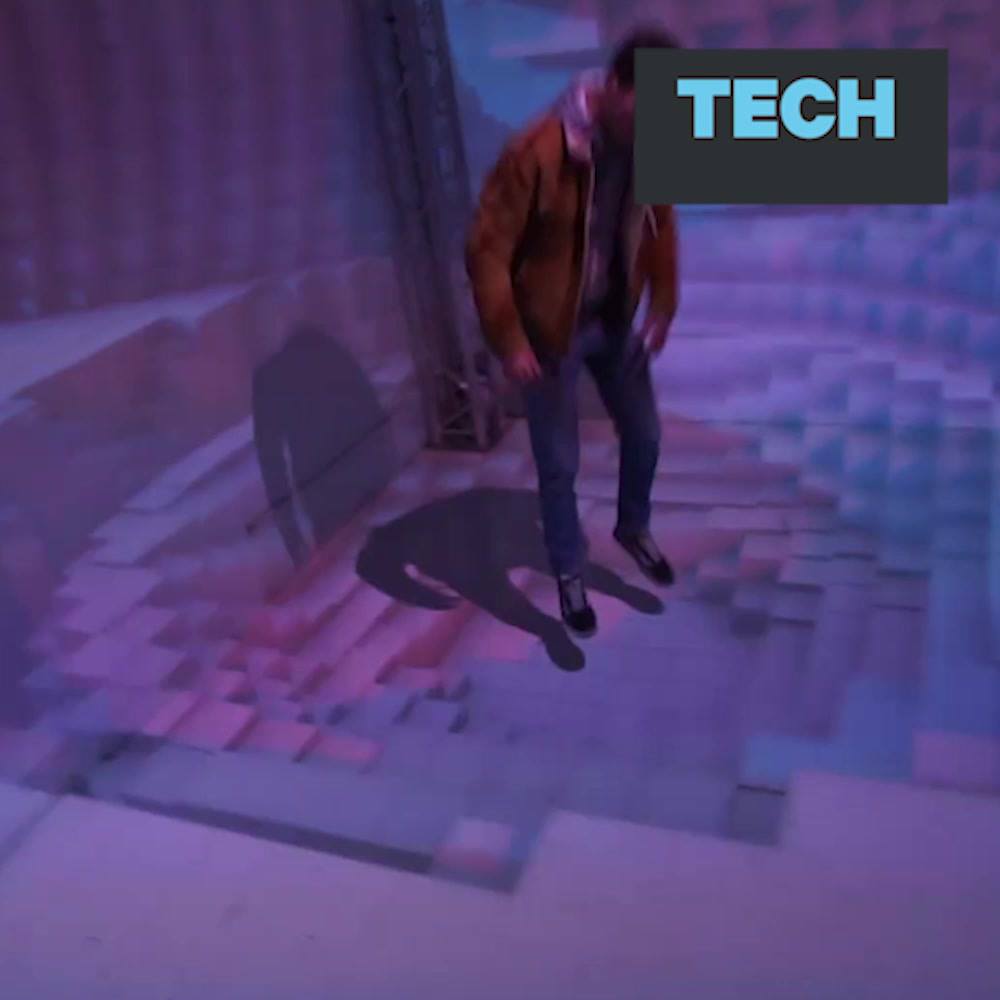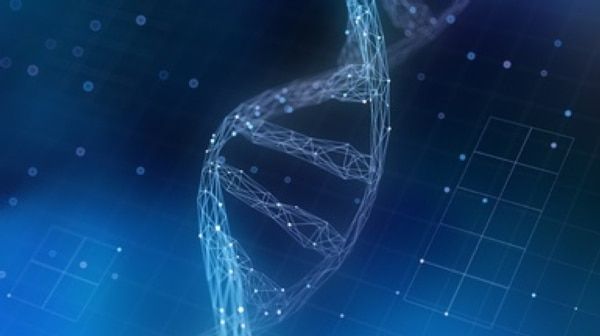Today’s most advanced weapons are already capable of “making decisions” using built-in smart sensors and tools.
However, while these weapons rely on some sort of artificial intelligence (AI) technology, they typically don’t have the ability to choose their own targets.
Creating such weapons is now Russia’s goal, according to the country’s defense officials and weapons developers.






